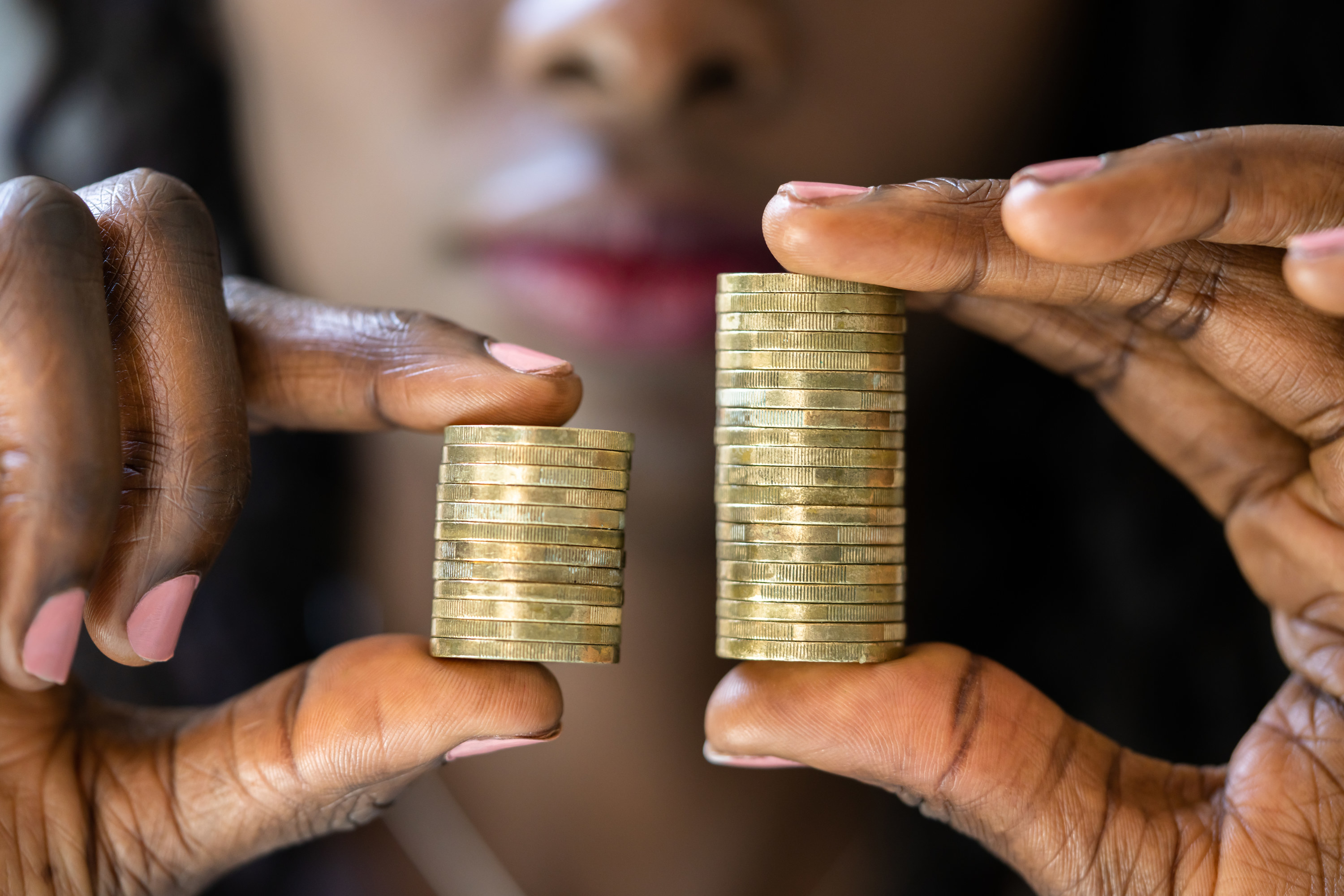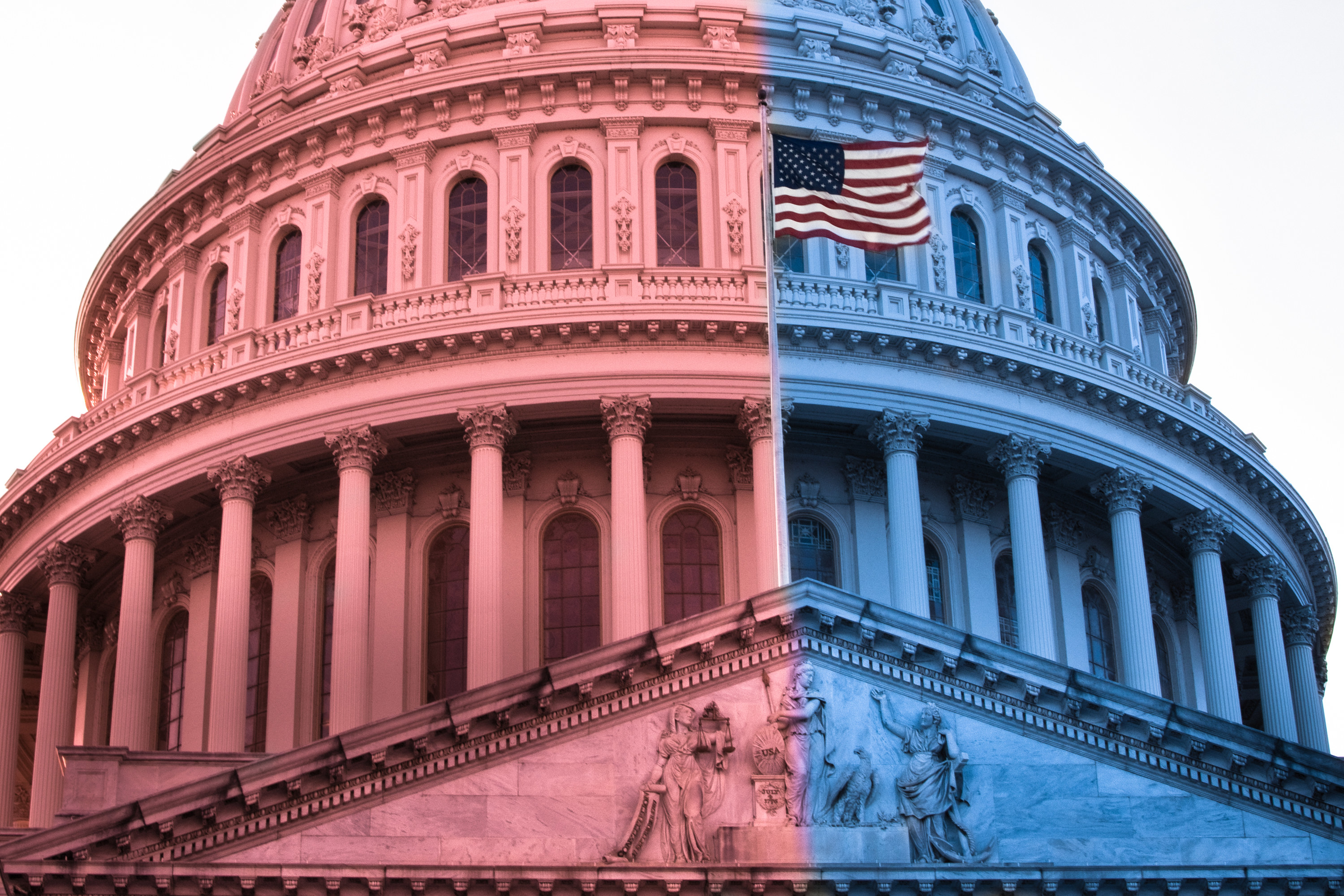To me, one of the most frustrating things about income inequality in America is how obvious it is to many lower-income and middle-income earners. But at the same time, some higher income folks seem like they're doing all kinds of mental gymnastics to just not see it.
So when Assistant Professor of Legal Studies and Business Ethics Nina Strohminger asked business students at Wharton how much they thought the average American worker earned, some of the results were... well, let's just say "out of touch."
I asked Wharton students what they thought the average American worker makes per year and 25% of them thought it was over six figures. One of them thought it was $800k. Really not sure what to make of this (The real number is $45k)
Strohminger writes, "I asked Wharton students what they thought the average American worker makes per year and 25% of them thought it was over six figures. One of them thought it was $800k. Really not sure what to make of this (The real number is $45k)."
Strohminger went on to add, "A lot of people want to conclude that this says something special about Wharton students— I’m not sure it does."
A lot of people want to conclude that this says something special about Wharton students— I’m not sure it does. People are notoriously bad at making this kind of estimate, thinking the gap between rich and poor is smaller than it is.
"People are notoriously bad at making this kind of estimate, thinking the gap between rich and poor is smaller than it is." Very true.
And to be fair to Strohminger's students, when I was in college, I don't think I even had a concept of how much money an annual salary should be. My family never talked about it, and I don't remember hearing much about salaries elsewhere at that age. So props to her students for at least *trying* to come up with answers.
Meanwhile, the replies are full of people sharing their other least-favorite examples of rich people thinking the average person makes a whole lot more than they do.
Like that time when two New York City mayoral candidates thought you could buy a home in Brooklyn for $100,000. In 2021.
@NinaStrohminger Lol. Reminds me of that time two mayoral candidates thought a home in NYC cost $100,000.
FYI, the median American home price in 2021 hit $350K. In Brooklyn, it was $900K. I'd love to see any Zillow listings they can provide to back up that $100k guess though.
And this student who wasn't sure if $250k was "an okay salary."
@NinaStrohminger One of my students asked me if $250k was an okay salary for a 25 year old.
It would be very much okay with me, please and thank you.
But, on the other end of the income inequality spectrum, students have guessed the average person makes just $15k.
@NinaStrohminger @KendraWrites I have a friend who asks her very rural community college students this every year. Their answer: $15,000. Different worlds. #Inequality
"I have a friend who asks her very rural community college students this every year. Their answer: $15,000." That's roughly what a person working 40-hour-weeks and making the federal minimum wage of $7.25 per hour would earn in a year.
So what the heck is going on with these guesses? And why is it so difficult for many of us to wrap our heads around inequality?

Mijs believes that a big part of the problem comes down to people tending to stay more and more within a bubble of people at a similar economic level.

"This disconnect also means that neither can see their unequal society for what it really is. That goes some way toward explaining why Americans underestimate inequality and overstate its meritocratic nature."
And unfortunately, the pandemic has only deepened this gap.

But Mijs says that when people become more informed about inequality, most of them want to see this divide change.
"They even become more supportive of income redistribution. Notably, having learned about the pandemic's impact, moderate Republicans and Democrats were no longer divided on these topics."

So learning more about inequality and how the other half lives is one way to start opening eyes and initiate change. And conversations like the one Professor Strohminger had with her students at Wharton about the average American salary are actually a great place to start.
Challenging our assumptions and sharing the facts are small actions we can all take, and they have the potential to actually make a difference.
What's something surprising you've learned about how people outside your income-level live? Share something that opened your eyes to inequality in the comments.
And for more stories about work and money, check out the rest of our personal finance posts.
